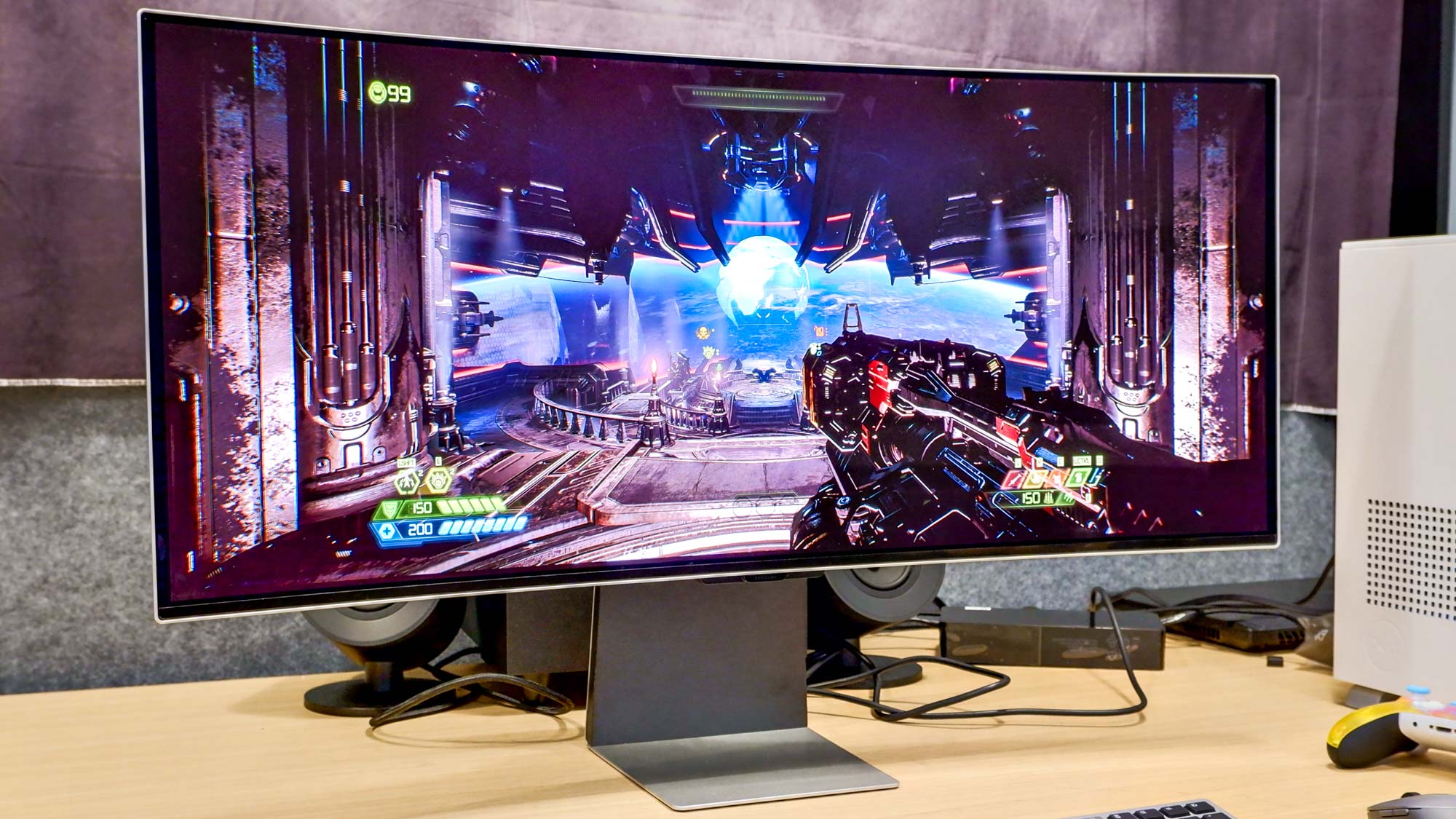
I’m a lifelong gamer who also tests and reviews gaming monitors for a living. Because of that, I’m able to identify exactly what a monitor needs so that it can enhance one’s gaming experience. This not only helps out our readers, but it lets me know what I’d want in a monitor I’m buying one for myself.
Finding the best gaming monitor isn’t always easy since there are many variables to consider, including screen size, panel type, resolution and more. In this article, I’m drawing on my years of experience to let you know what I look for in a gaming monitor so that finding one for yourself is less arduous. While purchasing an awesome gaming monitor takes some work, I promise the results are well worth the effort.
Below, I’ll go over 7 things I look for in a gaming monitor. These tips not only apply to dedicated gaming monitors, but also the best TVs with gaming-centric features.
Display size
Display size generally comes down to one’s preference but I’d argue that one’s desk space determines what size monitor you should get.
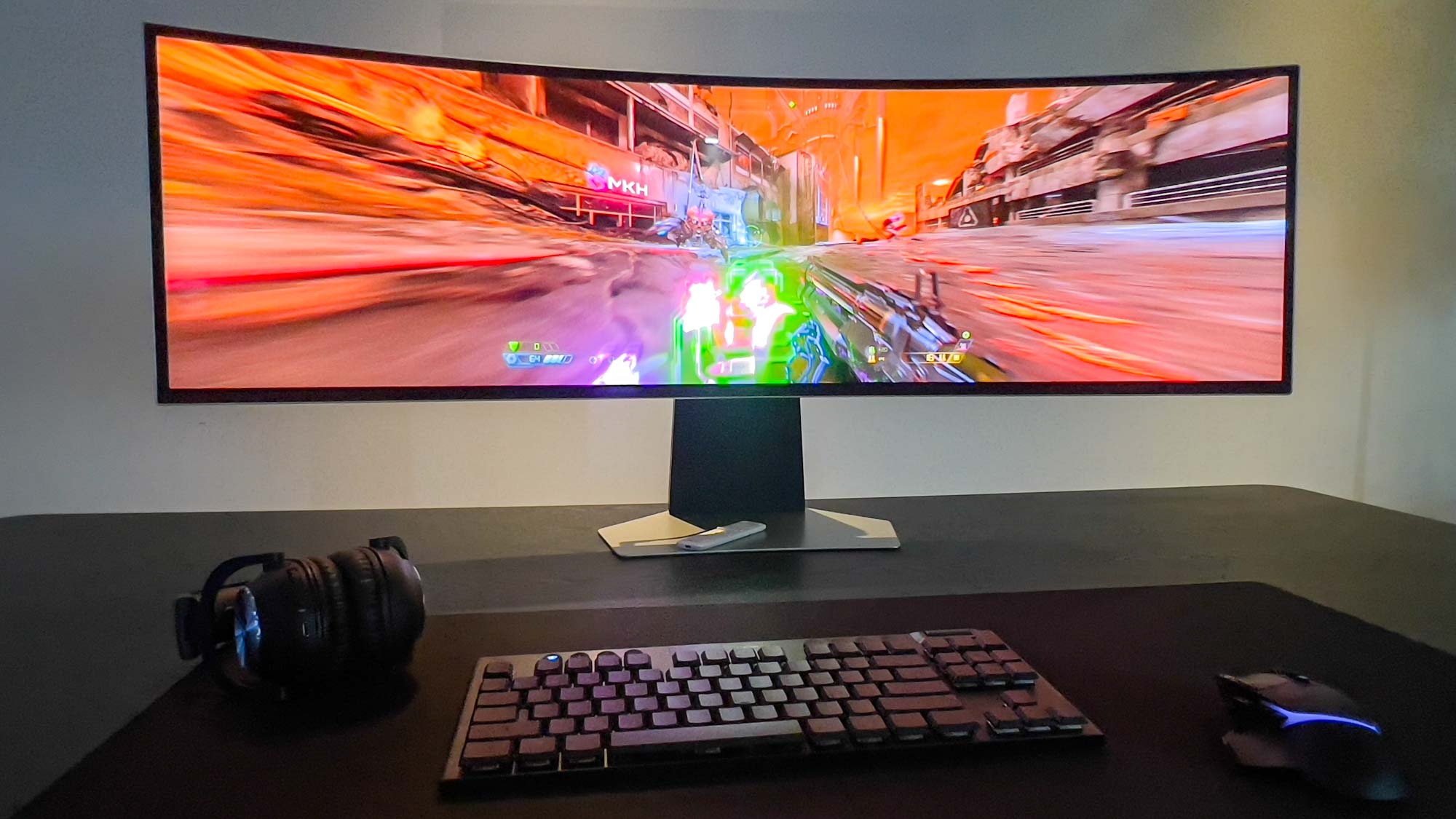
If you have a small or shallow desk, a 24-inch display would be better than a 32-incher since you probably don't want to have a giant screen in your face. However, if you have a large desk with plenty of space, a 32-inch monitor or even a 49-inch behemoth like the Samsung Odyssey OLED G9 (pictured above) could work.
If you’re like me and use a TV like the LG CX OLED for gaming, this basic rule applies. If you live in a small apartment or play games in a compact room, a 32- to 55-inch TV should suffice. Those with more space can opt for 65 inches and above. Of course, the bigger the display, the more that resolution and pixel count factor in — but we’ll get to that shortly.
Curved vs flat
The best curved monitors can make games feel very immersive, thanks to how the display conforms to your eyes’ natural curvature. Monitors like the Alienware AW3423DWF QD-OLED, which is currently the gaming monitor I’d buy for myself, do a fantastic job of drawing players into games thanks to its curved ultrawide 21:9 aspect ratio. Curved displays are also great for work since that aspect ratio gives you more space for windows and apps.
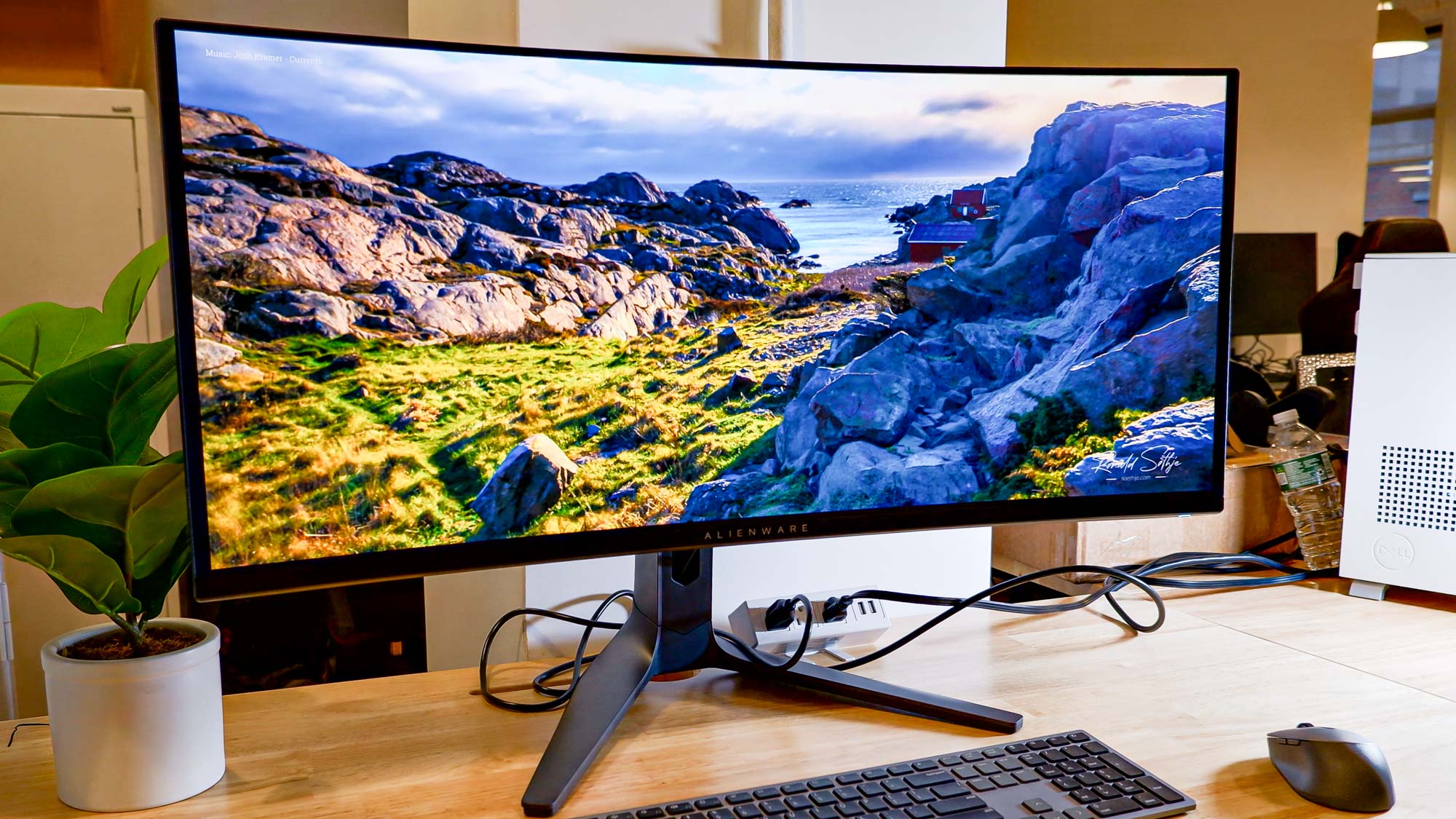
Conversely, you may want a traditional flat display. These may not offer the immersion of a curved display, but they tend to take up less room on a desk. Flat screens can also cost less than curved monitors, which is another factor to consider.
Panel type
OLED panels on gaming monitors are becoming more popular but traditional LCD panels likely won’t go away any time soon. Like many aspects listed here, the choice between LCD and OLED comes down to personal preference.
If you want a display that delivers pure blacks and the brightest whites and don’t mind paying a bit extra, then go with an OLED monitor. However, if you fear OLED burn-in (which is still a possibility), want a monitor whose entire display can get brighter (something OLEDs struggle with) or simply want to save more money, then you can’t go wrong with a trusty LCD monitor.
Resolution
For resolution, you can’t just opt for a 4K monitor and call it a day.
The first thing you need to account for is your graphics card, which might not be powerful enough to handle high-res 4K graphics. Screen size is important too. 1080p resolution looks good enough on a 24-inch display but will look muddy on anything above that. Conversely, it will be difficult to see details provided by 4K resolution on a tiny screen.
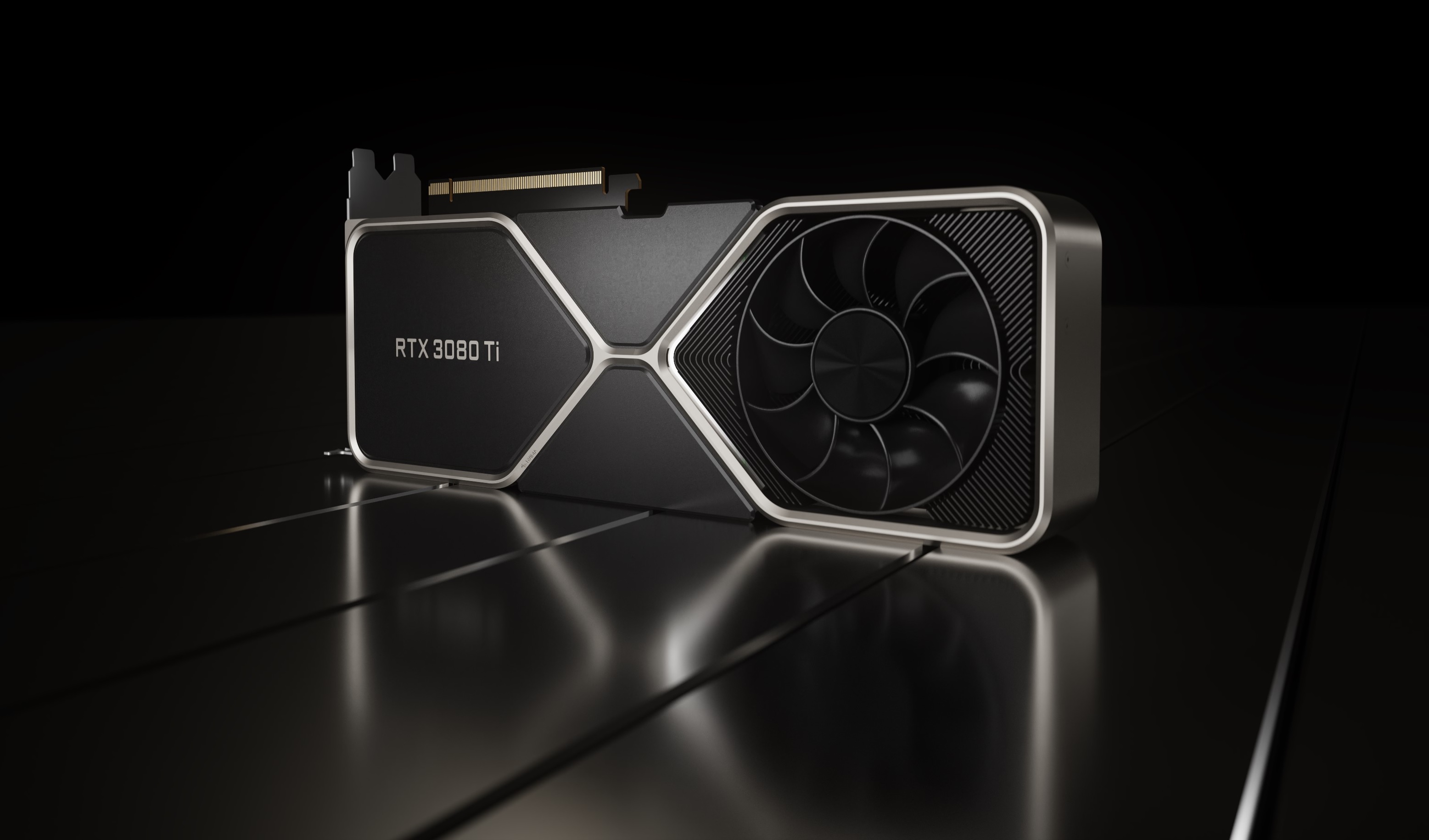
If your PC has a GPU like an Nvidia GeForce RTX 3080 or an AMD Radeon RX 6800 XT (or better) and you have sufficient desk space for a large monitor, then go with 4K monitor. If you have an older GTX 1080 GPU or not enough space for a big display, get a 1080p monitor.
High Dynamic Range
If you’re considering a 4K OLED monitor, then it’s important to get one that features High Dynamic Range (HDR). HDR compliments the dark blacks and bright whites of OLED panels by delivering a wider range of colors — making for an overall phenomenal display. If you’re like me, you’ll find it difficult returning to non-HDR displays after experiencing the glory of HDR.
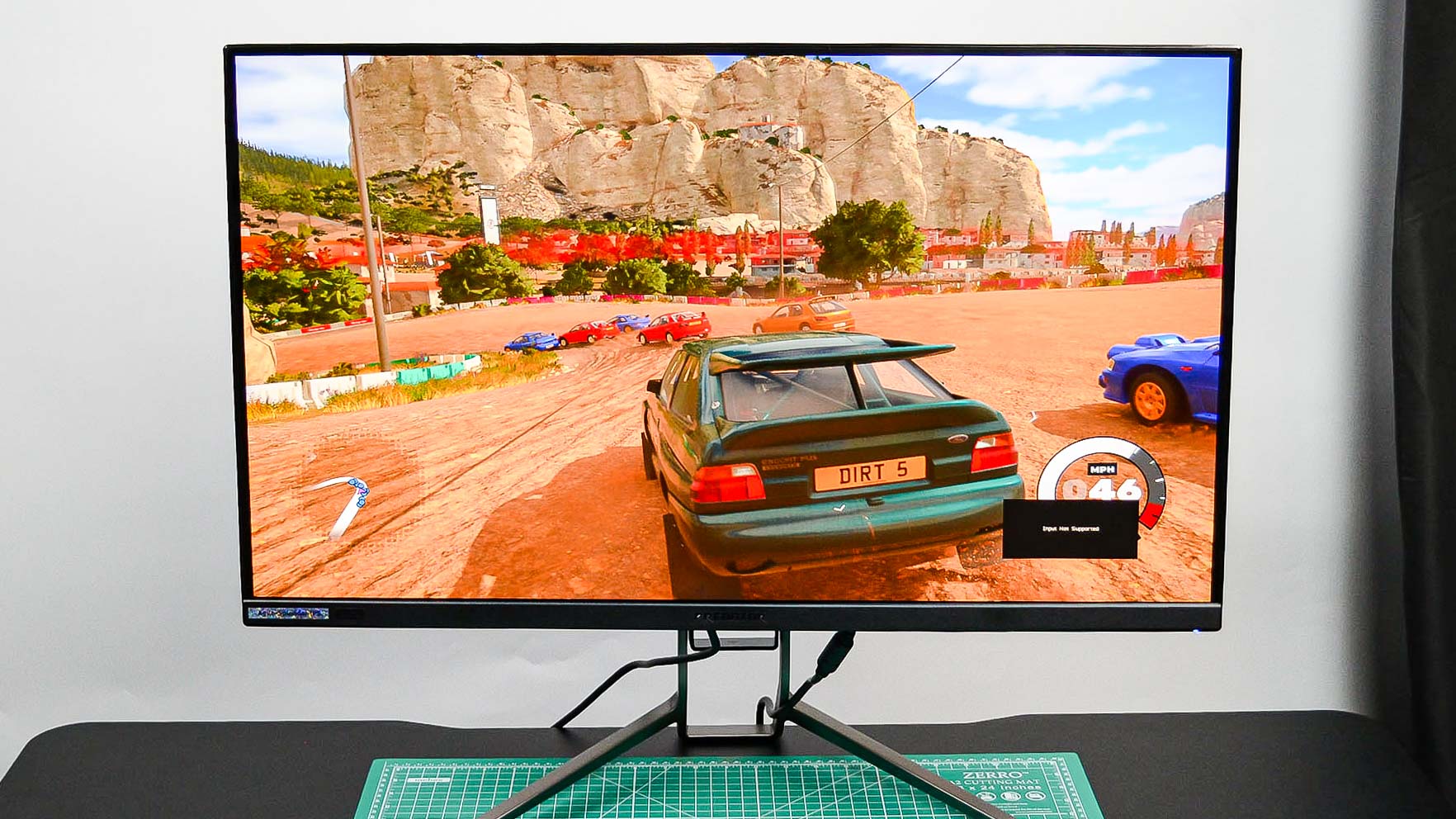
The two most common HDR types are HDR10 and Dolby Vision. I’ll spare you the techy particulars, but the main difference between these two formats is that HDR10 delivers a static form of HDR while Dolby Vision is a dynamic form that adjusts brightness, sharpness, contrast and color reproduction depending on what’s displayed.
Dolby Vision is technically better than HDR10 — but that generally entails a higher price for monitors utilizing the technology.
Refresh rate and response time
A monitor’s display and the technologies utilized to deliver bright and colorful images are important, but you also need to consider a device’s performance. That’s where refresh rate and response time enter the conversation.
Refresh rates and frame rates correlate with one another. For instance, a monitor with a 60Hz refresh rate can display up to 60 frames per second, while a monitor with a 120Hz refresh rate can display up to 120 fps. The higher the refresh rate (and frame rates), the smoother games will feel and look when playing.
As with resolution, you’ll need a higher-end GPU to play games at high enough fps to take advantage of equally high refresh rates. To that end, a 60Hz monitor is the bare minimum you’ll want to opt for.
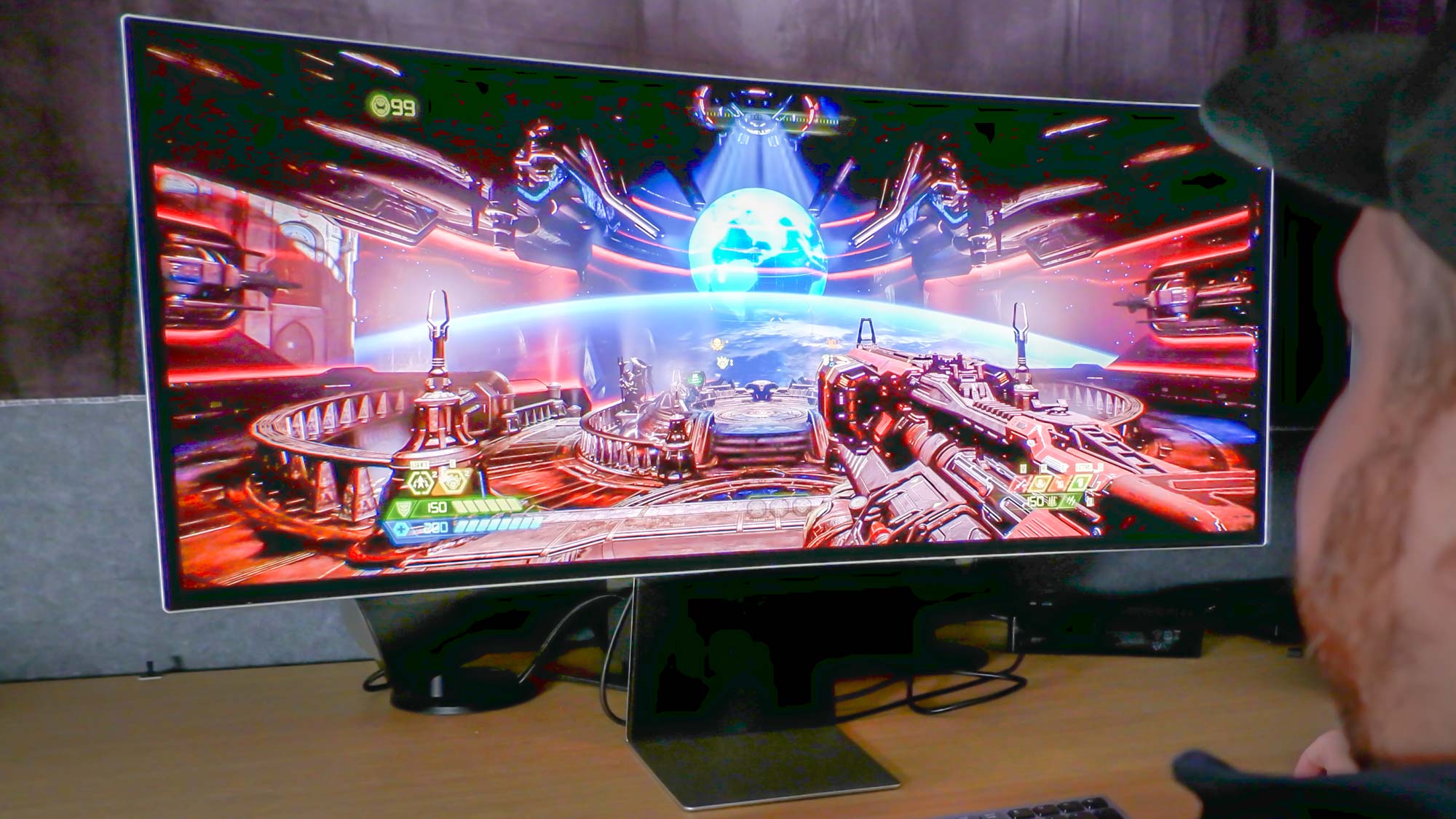
Response times are just as important for a smooth gaming experience. Simply put, response time is the amount of time it takes for pixels to shift from one color to the next.
If you’re playing action-packed games like Doom Eternal, you’ll need a low enough response time to prevent all that action from becoming a blurry mess on your screen. Not only that, but a higher response time means more input lag. So when looking at response time, anything with a 1 millisecond response time or lower is best.
Adaptive Sync
Adaptive Sync technology is another vital feature for ensuring a smooth and responsive gaming experience. It dynamically adjusts a monitor’s refresh rate to match a game’s frame rate — which synchronizes every frame to correspond with a monitor’s next refresh. This minimizes or eliminates screen tearing produced when frame rates and refresh rates aren’t aligned.
A common misconception is that Nvidia G-Sync and AMD FreeSync don’t work with rival GPUs. Nowadays, both Adaptive Sync technologies function as intended no matter which graphics card you’re using.
Bottom line
Selecting the perfect gaming monitor that meets your needs might not be easy but the effort is well worth it. For some quick recommendations, you can’t go wrong with the Alienware AW3423DWF QD-OLED ($999), Sony Inzone M9 ($799) or Acer Predator X32 FP ($1,299). I’ve reviewed each of these monitors and am confident in recommending them to most folks due to their awesome specs and relative affordability.







